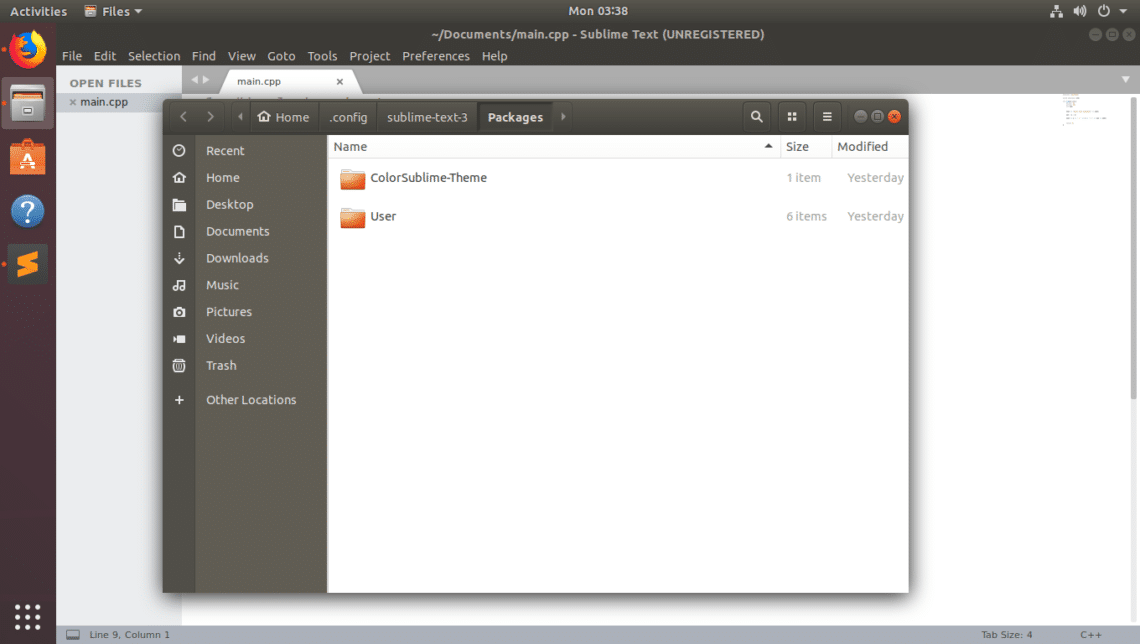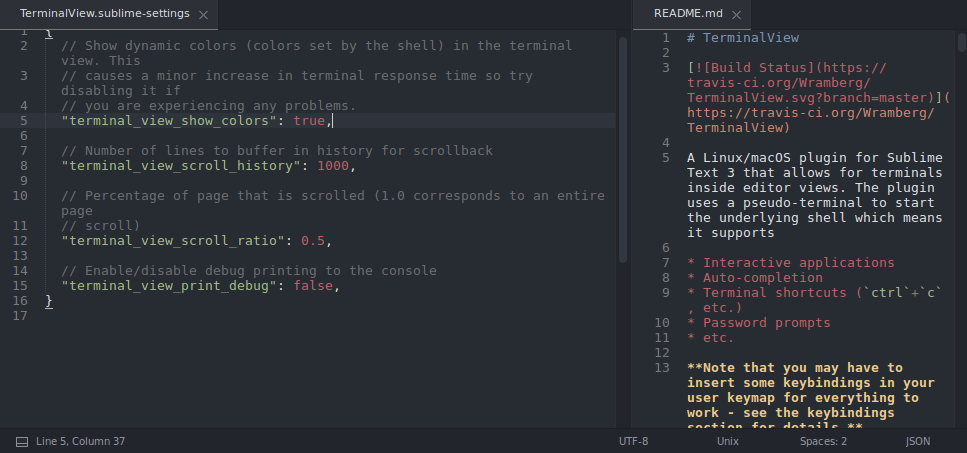

Fixed a crash in the Git repository handling.Git: Fixed UTF8 BOMs not being handled correctly in.Git: Improved performance with a large number of git repositories in the side bar.This can be changed via the allow_git_home_dir setting.


Various syntax highlighting improvements.You can source this file by running the command source ~/.bash_profile Resolve any errors before moving to the final step. If you do make any edits to this file once you have closed it, you need to source this file in your current session or close the terminal (tab) and open a new one. The flag -w has been added and you can find out more about flags by going to the Sublime Text docs: ST3 subl or ST2 subl The second line is OPTIONAL and just sets Sublime Text as the default editor.
#OPEN SUBLIME TEXT 3 FROM TERMINAL CODE#
I suggest always commenting your code in here with #. These are the following lines that pertain to having subl work on the command line for Sublime Text: If you want the separation, create an alias in the Bash profile like so:įirst, navigate to a folder in Terminal that you want ST to open and enter the following command: Using many of the symbolic link answers here ( ln -s), cause the terminal process to endure while using Sublime text. This will allow you to run additional commands in the terminal without interrupting the subl session. This is to get it working as an ALIAS, not a Symbolic link! chris FrisinaĤ,535 1 1 gold badge 39 39 silver badges 43 43 bronze badges It should not have a shortcut arrow in the icon image. If you do have a problem, view the usr/bin folder as icons and paste the subl in a empty area in the folder. Make sure that it gets copied and it's not a shortcut.

Now in your chosen path (I used /usr/local/bin) you now enter the following command: If you see any errors after sourcing your file get them fixed before moving to the final step. If you do make any edits to this file once you have closed it, you need to run the command: The first line sets the location where you want Terminal to look for binaries on your machine, I'm going to store my symbolic link in the /usr/local/bin directory - I guess you could store it anywhere provided you've notified Terminal where to look for binaries. Now it's time to create your symbolic link in your PATH folder, BUT, before we do, let's check your profile file by using nano ~/.bash_profile. This would mean that you would have to check what you've typed (spelling, etc.) OR that Sublime Text isn't installed! If nothing happens or you get an error from Terminal it will be because it couldn't find the Sublime Text application. If you DO NOT get Sublime Text opening your current working directory then the next set of steps will NOT work. at the end of the above command opens the current working directory you are located in (again make sure you're in a directory that only contains a few files!). NOTE: You may need to replace Sublime Text.app in the command above to Sublime Text 3.app or Sublime Text 2.app depending upon where the application is stored in your Applications directory. I used these steps to get it to work:įirst, navigate to a small folder in Terminal that you want ST to open and enter the following command: I finally got this to work on my OSX box. 1,936 3 3 gold badges 10 10 silver badges 3 3 bronze badges 26 Answers


 0 kommentar(er)
0 kommentar(er)
